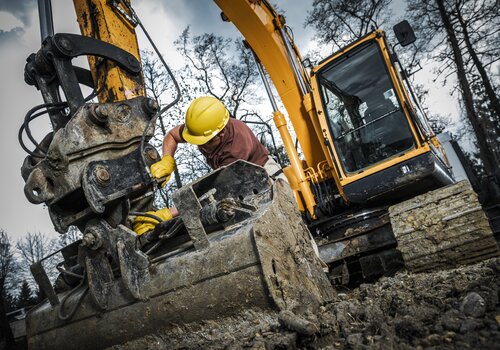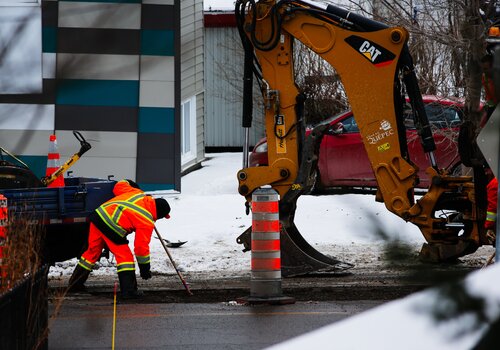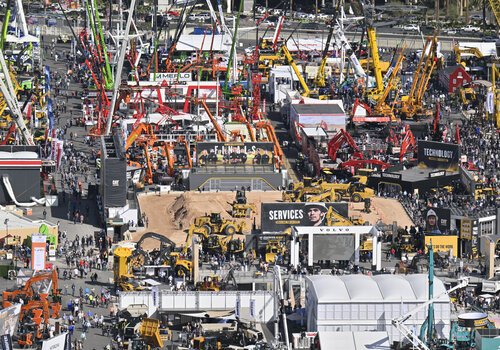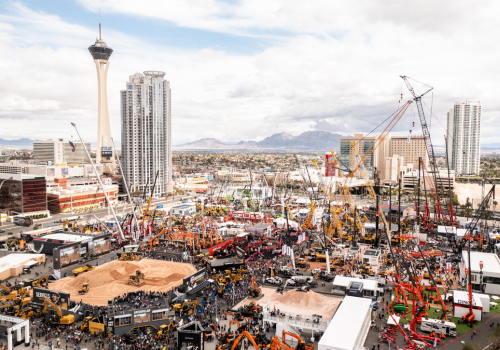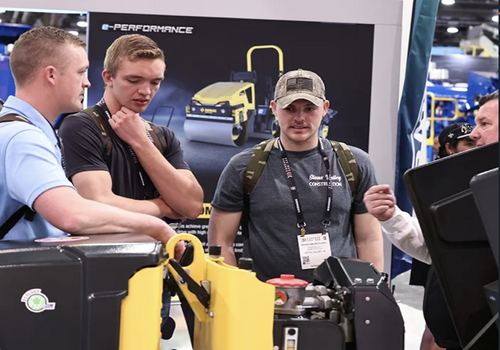When it comes to urban construction projects, choosing the right equipment can make all the difference. Whether you're a construction worker on the ground or a business owner overseeing operations, understanding the pros and cons of compact versus heavy-duty equipment is crucial. Let's dive into the key considerations to help you make the best choice for your urban projects.
UNDERSTANDING COMPACT EQUIPMENT
Compact equipment includes machines like mini excavators, skid-steer loaders and compact track loaders. These machines are smaller in size but pack a punch when it comes to versatility and maneuverability.
Advantages of Compact Equipment:
- Maneuverability: Compact equipment is designed to navigate tight spaces, making it ideal for urban environments where space is limited. Whether you're working in narrow alleys or crowded streets, these machines can get the job done without causing major disruptions.
- Ease of Transport: Due to their smaller size, compact machines are easier to transport from one site to another. This can save time and reduce transportation costs, especially in urban areas where traffic can be a challenge.
- Lower Operating Costs: Compact equipment generally consumes less fuel and requires less maintenance compared to heavy-duty machines. This can lead to significant cost savings over the long term.
- Versatility: Many compact machines come with a variety of attachments, allowing them to perform multiple tasks. From digging and grading to lifting and hauling, these machines can adapt to different needs on the job site.
Disadvantages of Compact Equipment:
- Limited Power: While compact equipment is versatile, it may not have the power needed for larger, more demanding tasks. If your project involves heavy lifting or extensive excavation, you might find compact machines lacking.
- Capacity Constraints: The smaller size of compact equipment means it has limited capacity. For projects that require moving large volumes of material, heavy-duty equipment might be more efficient.
UNDERSTANDING HEAVY-DUTY EQUIPMENT
Heavy-duty equipment includes machines like large excavators, bulldozers and cranes. These machines are built for power and capacity, making them suitable for large-scale construction projects.
Advantages of Heavy-Duty Equipment:
- High Power and Capacity: Heavy-duty machines are designed to handle the toughest tasks. Whether you're lifting heavy materials, excavating deep foundations or demolishing structures, these machines have the power and capacity to get the job done efficiently.
- Durability: Built to withstand harsh conditions, heavy-duty equipment is durable and reliable. This makes them ideal for long-term projects where consistent performance is crucial.
- Efficiency: For large-scale projects, heavy-duty equipment can complete tasks faster and more efficiently than compact machines, resulting in shorter timelines and reduced labor costs.
Disadvantages of Heavy-Duty Equipment:
- Limited Maneuverability: Due to their size, heavy-duty machines can be challenging to maneuver in tight urban spaces. This can lead to disruptions and delays, especially in densely populated areas.
- Higher Operating Costs: Heavy-duty equipment consumes more fuel and requires more maintenance, leading to higher operating costs. Additionally, transporting these machines can be more complex and expensive.
- Space Requirements: Heavy-duty machines require more space to operate, which can be a constraint in urban environments. Ensuring adequate space for these machines can be a logistical challenge.
MAKING THE BEST CHOICE FOR URBAN PROJECTS
When deciding between compact and heavy-duty equipment for urban projects, consider the following factors:
- Project Scope: Assess the size and scope of your project. For smaller projects with limited space, compact equipment might be the best choice. For larger projects requiring significant power and capacity, heavy-duty equipment could be more suitable.
- Budget: Evaluate your budget for equipment purchase, operation and maintenance. Compact equipment can offer cost savings, but heavy-duty machines might be necessary for certain tasks.
- Site Conditions: Different job sites have different conditions requiring different needs. Urban environments often have space constraints and accessibility challenges that can impact equipment choice.
- Task Requirements: Identify the tasks that need to be performed and match them with the capabilities of the equipment. Versatility is key for compact machines, while power and capacity are strengths of heavy-duty equipment.
Choosing the right equipment for urban construction projects involves balancing maneuverability, power, cost and site conditions. Compact equipment offers versatility and ease of transport, making it ideal for tight spaces and smaller projects. Heavy-duty equipment provides the power and capacity needed for large-scale tasks but comes with higher operating costs and space requirements.
Whether you opt for compact or heavy-duty equipment, the key is to choose the tools that best align with your goals and the unique challenges of urban construction.
Photo credit: SSPOPOV/BIGSTOCKPHOTO.COM



